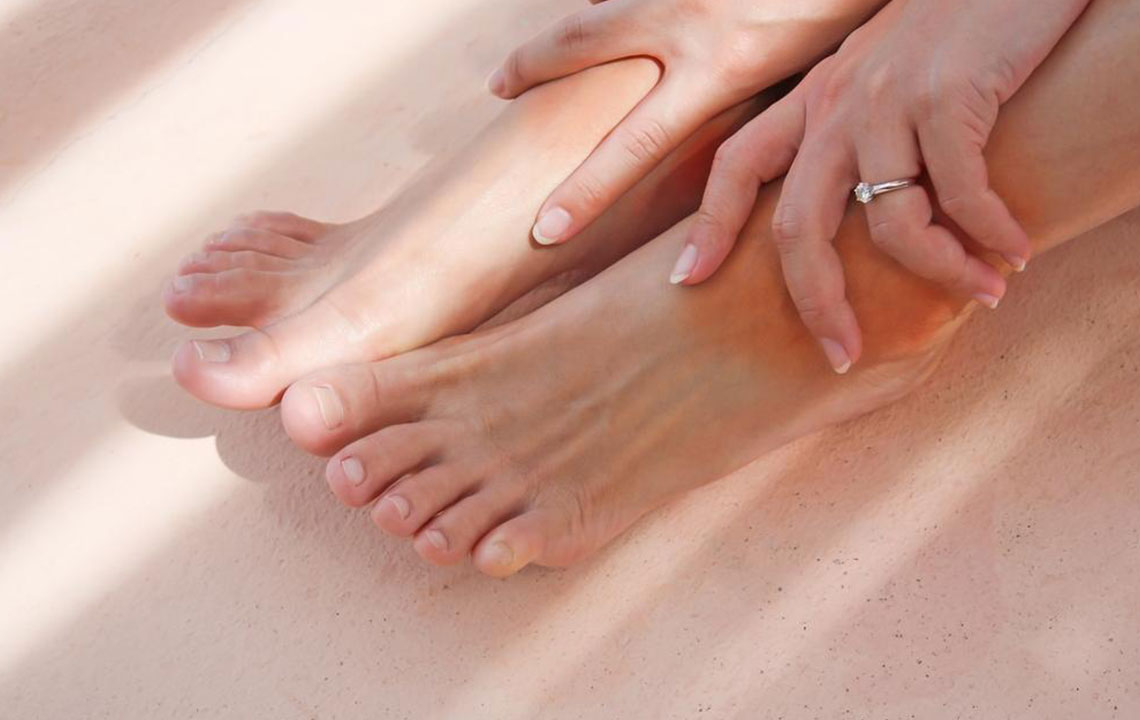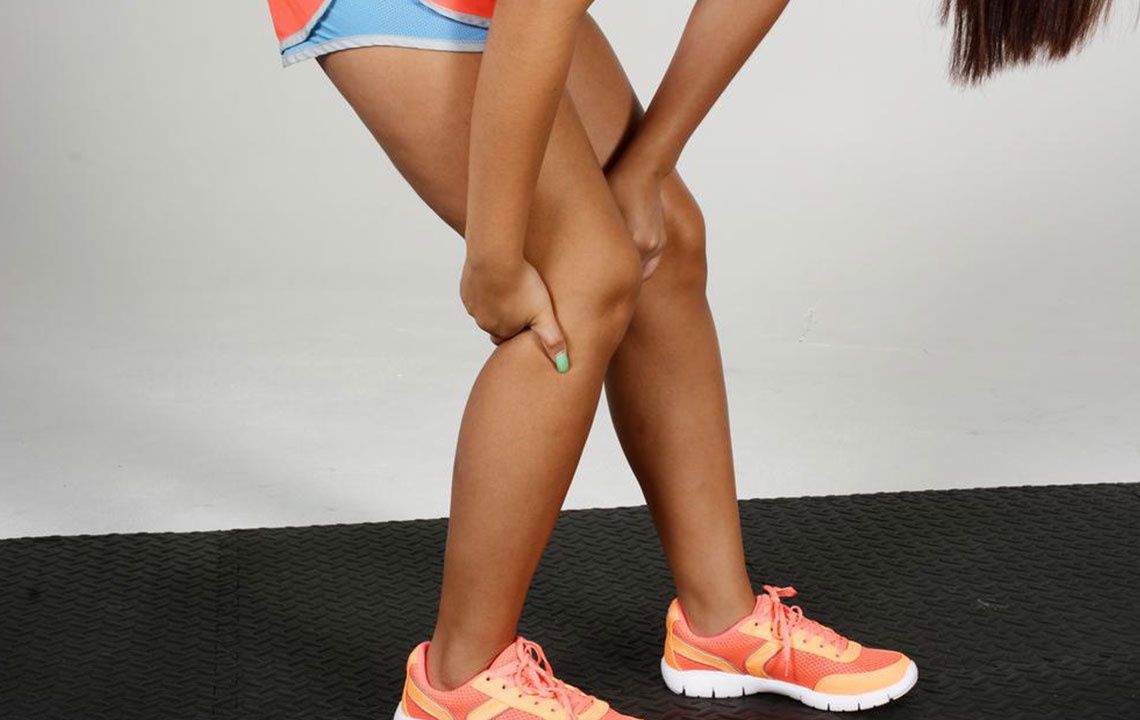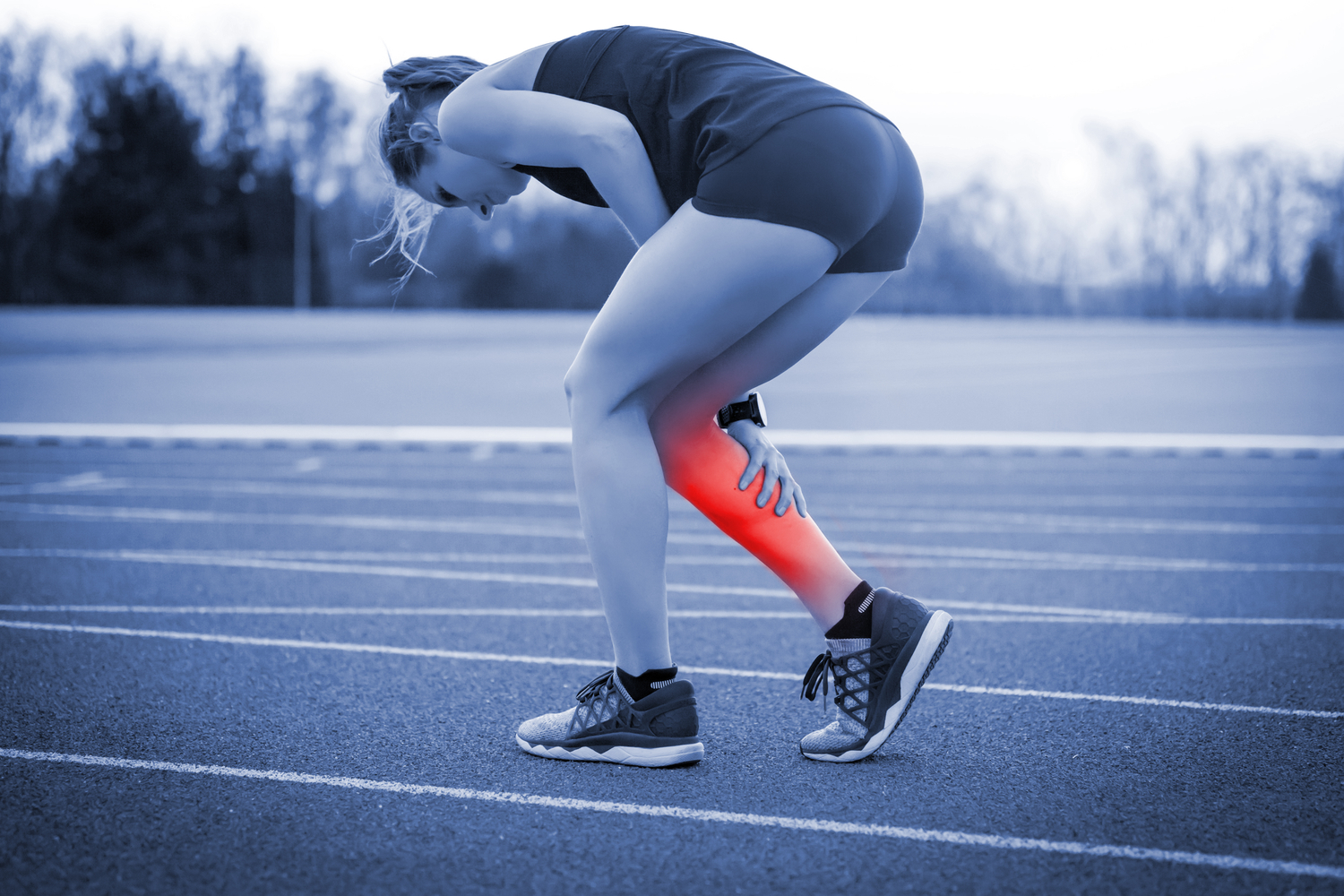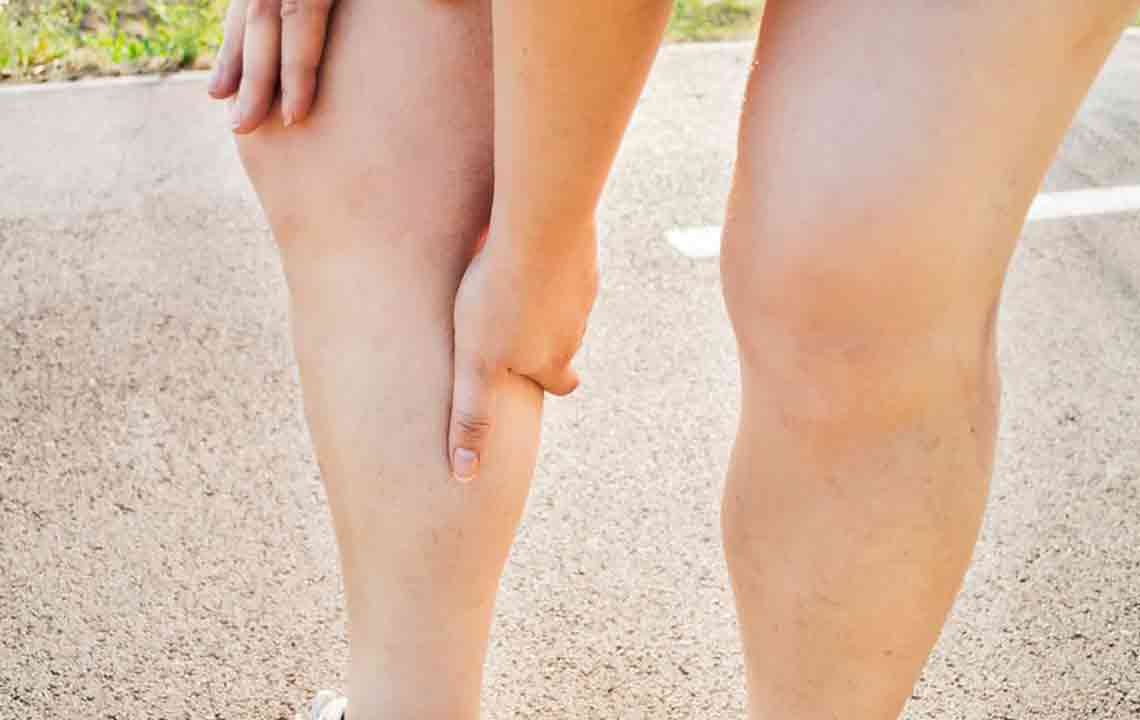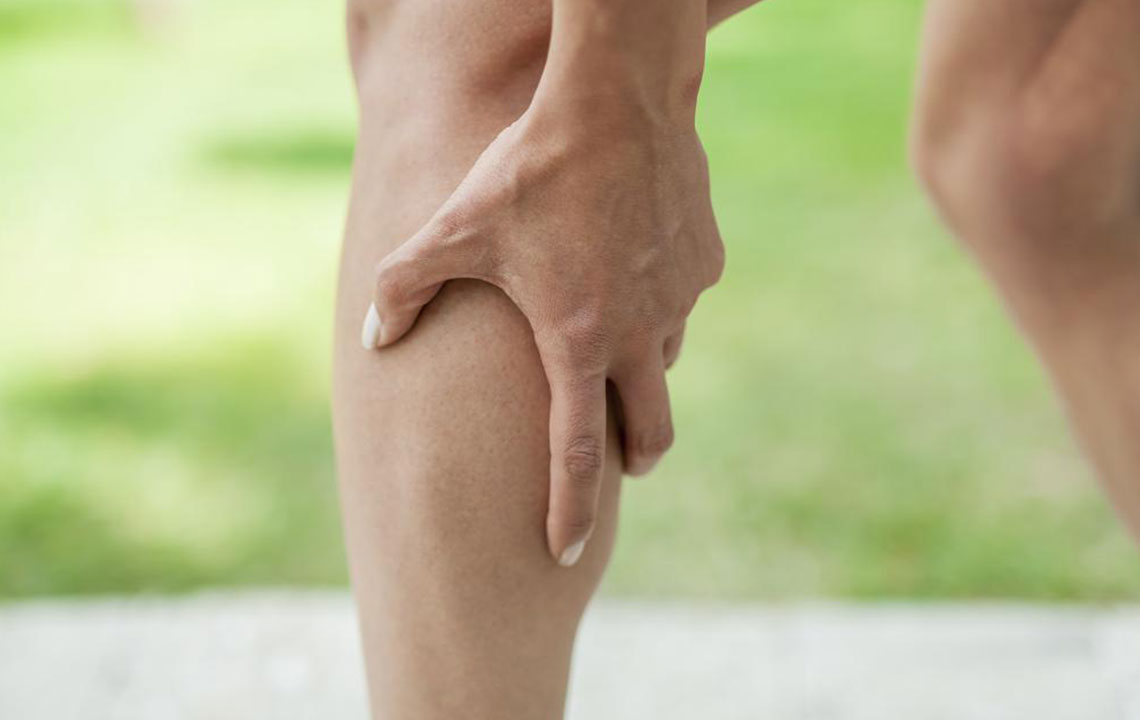Understanding and Managing Leg Cramp Issues
This article provides comprehensive insights into leg cramps, exploring causes, remedies, and preventive measures. Learn about effective exercises, heat therapies, nutritional considerations, and topical solutions like wintergreen oil to manage and alleviate muscle spasms. Suitable for adults and older individuals, the guide emphasizes addressing underlying issues and highlights safe treatment options to reduce discomfort and improve muscle health.

Understanding and Managing Leg Cramp Issues
Introduction to Leg Cramps
Leg cramps occur when muscles involuntarily tighten, resulting in painful contractions. You can often feel a firm lump at the affected area, indicating a muscle spasm. Usually, cramps happen due to muscle fatigue, dehydration, or imbalances in minerals like potassium and magnesium, essential for muscle function. In most cases, cramps are not linked to serious health conditions but are rather caused by temporary factors.
Older adults over 65 are more prone to experiencing leg cramps. Factors such as alcohol consumption, diabetes, and thyroid disorders can also contribute.
Medications for Muscle Spasm Relief
Short-term use of muscle relaxants like cyclobenzaprine, orphenadrine, and baclofen can help ease spasms caused by injury or temporary conditions.
Botulinum toxin injections are increasingly used for localized dystonic muscle spasms, offering effective relief over several months with periodic re-injections.
Effective treatment primarily focuses on addressing the root cause of the cramps, tailoring therapy accordingly.
Exercise Techniques to Alleviate Cramps
Relaxing the affected muscle can provide relief—stop any activity triggering the spasm and gently stretch the muscle.
Massaging the area and applying warmth post-stretching can further help relax the muscle.
If nighttime cramps occur, stand and gently put weight on the cramped leg, stretching the calf muscle.
While seated, pull your toes toward your head or upward to stretch the calf or thigh muscles.
Using Heat Therapy for Cramps
A warm heating pad is effective when stretching or massage don’t work. Apply heat for 15 minutes to increase blood flow and relax the muscle.
If cramps persist, reapply heat. For recurrent cramps, alternate with cold packs for 15 minutes to reduce inflammation and pain.
Some experts recommend Epsom salts or dry heat wraps to help relax muscles externally.
Role of Calcium in Cramps Relief
Calcium is crucial for muscle contraction and nerve function. Deficiency may impair muscle control, leading to spasms.
Consuming calcium-rich foods like green leafy vegetables, cheese, nuts, and fish can help prevent cramps.
Applying Wintergreen Oil for Muscle Relief
Topical wintergreen oil can be used to relax muscles when cramps occur. Its active compounds penetrate the skin, reducing pain and swelling.
Use sparingly, as it is potent but effective for quick relief.
Note:
Our website offers broad health and wellness information. While we aim to provide accurate insights, our content should not replace professional medical advice. Please consult healthcare providers for specific conditions or treatment plans. We are not responsible for inaccuracies or external variations in information or offers.


